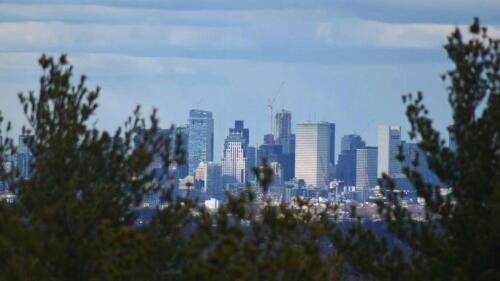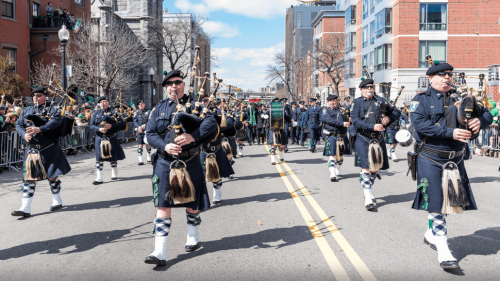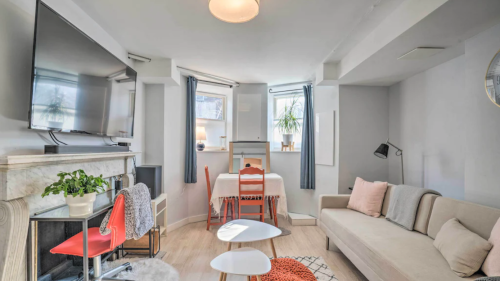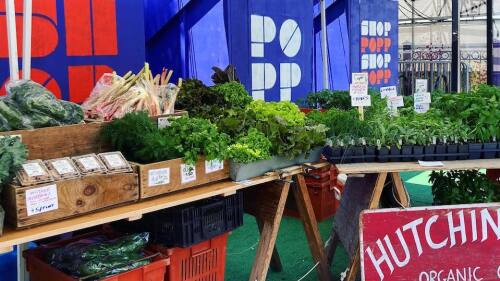Update: Tues., Nov. 1 — Let’s give a standing ovation for this update on the Emerald Tutu environmental project. The team behind the innovative tool has launched the fourth prototype.
In case you missed it — the Emerald Tutu is a network of interconnected floating meshy mats that support coastal climate resilience. The mats are designed to connect to the vegetation of the ocean floor while allowing growth on the surface. This project has been selected for funding from the National Science Foundation + won awards from MIT and the American Society of Civil Engineers.
At the beginning of October, the team also set up a greenhouse experiment at the Northeastern Marine Science center, located in Nahant. The facility constantly pumps ocean water, which is an important factor for this experiment to measure the amount of nitrogen in the Emerald Tutu units.
The fourth prototype is one of the seven “Sister Site” locations outlined in the experiment. Each location will feature identical individual units in a variety marine locations, with a range of water quality + wave conditions.
Next steps for this project include monitoring the units and more lab studies to see how they will perform in each area.
———
This new environmental project is on pointe. Allow us to introduce The Emerald Tutu.
No, this isn’t about the Boston Ballet. This is an innovative environmental tool that could be Boston’s best bet as the ocean levels begin to relever (or to rise).
Let’s set the stage. A recent report from the National Oceanic and Atmospheric Administration (NOAA) expects US coastlines to increase at least a foot by 2050. We know that the City of Boston has a climate change plan in place, but there’s more we can do.
Enter stage left: the Emerald Tutu. The Emerald Tutu is a network of interconnected floating meshy mats that support coastal climate resilience. The name is a nod to Frederick Law Olmsted’s Emerald Necklace.
The mats are designed to connect to the vegetation of the ocean floor while allowing growth on the surface. Meaning that they can plié with the moving sea.
The plant-based infrastructure would ideally strengthen over time rather than slowly breaking down, like concrete + steel. As more plant life grows on the mats, it becomes able to handle stronger waves + surges along the coastline.
The mats are ~seven feet in diameter and would be placed in rings that can be easily moved for waterway traffic. They have been designed with biodegradable materials such as coconut fiber, wood chips, burlap canvas, and marine rope. If one floats away, it wouldn’t be harmful to the environment.
Meet the cast: A team of independent scientists, designers, and engineers and an affiliated research lab from Northeastern University created the award-winning plan for the floating biomass.
“The system is designed to buffer urban coastlines, such as those in Boston Harbor, protecting them from wave action + storm surge and reducing flooding on land,” said Project Leader Gabriel Cira.
The first local mat was placed off an East Boston pier last spring. This summer, a mat will be tested near Salem + another in Boston Harbor. The Emerald Tutu team is also planning a large pilot project for next summer.
“We just have to keep testing real-world implementations, again and again, bigger and bigger, to get it right and solve the problems we’re trying to solve, without creating new ones,” said Gabriel Cira. “That’s why our multidisciplinary and multi-scalar research is so important.”











